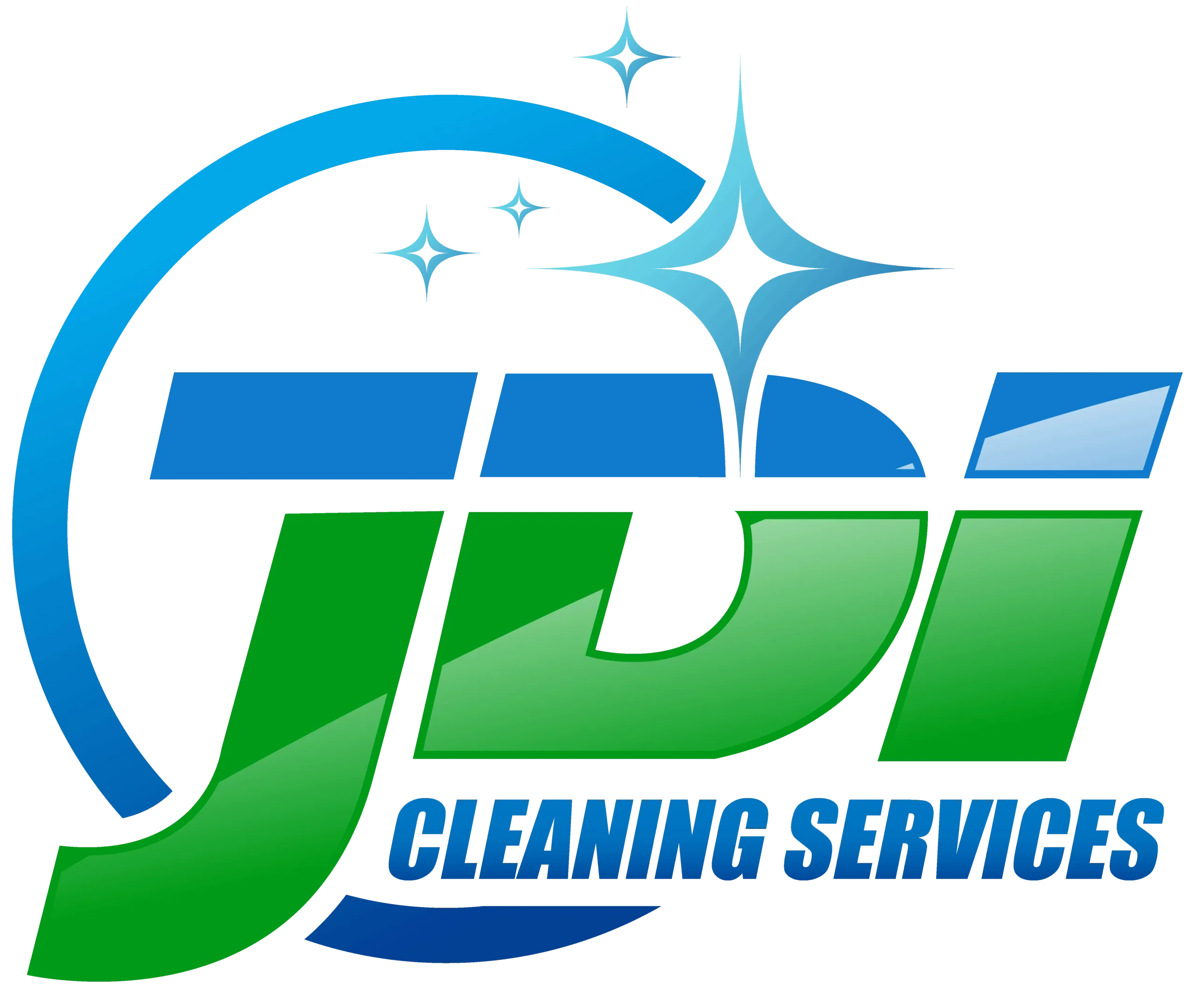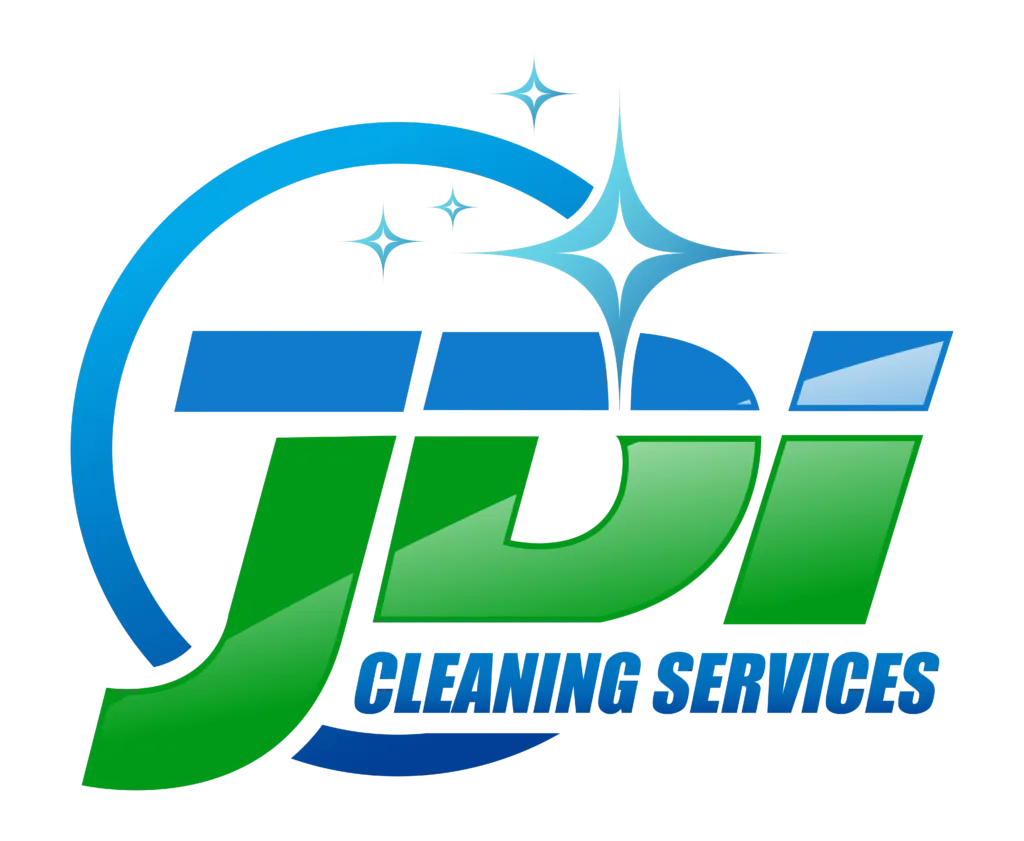Cleaning and disinfecting bring peace of mind and a healthier workspace to your staff and clients. Cleaning removes dirt and grime while disinfecting kills germs, bacteria, and viruses, two very different processes requiring two very different protocols.
Public Health Ontario sets the standards of cleaning and disinfecting protocols for hospitals and healthcare settings where the risk of infection can mean the difference between life and death for patients who are physically vulnerable. However, you can follow the basic rules to a lesser degree to ensure you’re doing it correctly.
A cleaning of a surface done before using a more specialized disinfectant increases the disinfectant’s effect. Even a thin layer of dirt dilutes the effectiveness of a disinfectant. By scrubbing to remove as much dust, dirt or liquid first, the impact of sanitization is more thorough.
What is cleaning defined as?
Cleaning is the removal of visible and invisible soil through mechanical and manual processes. Products like detergents mixed with water create chemical reactions that help break up and lift soils away. Still, effective cleaning requires both mechanical or manual agitation to do the job correctly.
While surfaces may look clean after this process, they may not be clean. Take restrooms, for example. The cleaning staff may have completed all of the physical acts of cleaning: sweeping, scrubbing, wiping, and rinsing, but the space may still smell bad. That’s because malodorous bacteria embedded in the porous grout was not removed. The act of mopping deposits dirty mop water into the grout and feeds these bacteria, allowing them to multiply even faster – and smell even worse.
By the way, how often is often enough for your business carpet to be cleaned? Please read our article ‘How Often Should Businesses Clean Carpets?’
Smelly restrooms, kitchens, and locker rooms telegraph that a maintenance protocol is not working, no matter how sparkling clean they may look.
JDI Cleaning Services discusses with you the kind of clean you are interested in for your facility or office; a detailed commercial clean or disinfecting services.
What Does it Mean to Disinfect a Surface?
Disinfectants are entirely different from detergents, and they are designed to kill or deactivate microbes. For a disinfectant to be registered, it must prove that it kills at least 99.99% of a specified bacteria, virus or fungi. Using a disinfectant properly means that a given surface is free from these potentially harmful microbes. (A 100% kill rate does not exist, but 99.99% is close.)
Not every disinfect kills every bacteria, virus, or fungus. Also, disinfecting products must remain on a surface or dwell, for a specific amount of time, usually between four to ten minutes, to work most effectively. Labels will contain detailed instructions – so please read and follow them.
Common Touchpoints
Disinfecting touchpoints, also known as places people commonly come into contact with, was always critical. Focus your disinfecting efforts on:
- Doorknobs
- Light switches
- Remote controls
- Phones
- Keyboards
- Backs of chairs
- Water fountains
- Sink taps
- Toilet flushers
- Handrails
Are you considering a change in your life? Now might be a great time to consider a successful franchising opportunity.
Read any of our ‘What If? Interviews’ with real franchise owners to help you realize your own dream of owning a successful business: Interviews can be found here.


